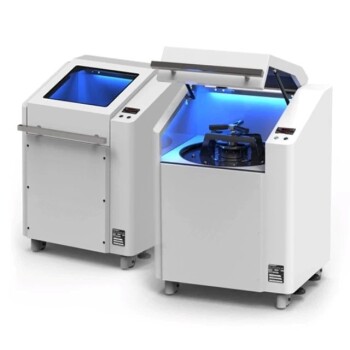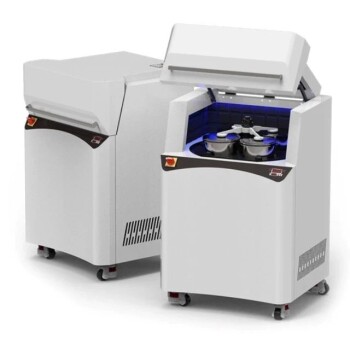Table of Contents
- Introduction to Disc / Cup Vibratory Mills
- Working Principle of Disc / Cup Vibratory Mills
- Applications of Disc / Cup Vibratory Mills
- Advanced Features and Advantages of Modern Disc / Cup Vibratory Mills
- Selection and Maintenance of Disc / Cup Vibratory Mills
- Applications of Disc / Cup Vibratory Mills in Specific Industries
- Emerging Trends and Future Developments in Disc / Cup Vibratory Milling Technology
Introduction to Disc / Cup Vibratory Mills
Disc and cup vibratory mills are essential tools in laboratory settings, offering a unique combination of versatility and efficiency for grinding and mixing applications. This comprehensive guide will delve into the world of these remarkable mills, exploring their types, working principles, advantages, and diverse applications across various industries. From pharmaceuticals to chemicals and materials science, vibratory mills have proven invaluable for preparing small quantities of materials for analysis, ensuring precise particle size reduction, and creating homogeneous mixtures. As we journey through the intricacies of these mills, you will gain a thorough understanding of their capabilities and how they can empower your laboratory with advanced grinding solutions.
Working Principle of Disc / Cup Vibratory Mills
Disc/cup vibratory mills utilize a combination of centrifugal force and impact grinding to effectively reduce materials into fine powders. The mill consists of grinding jars that rotate around a central axis and a sun wheel that rotates in the opposite direction. Balls placed inside the jars collide with the material, generating friction and impact forces that break down the material into smaller particles.
The speed and movement of the grinding jars and sun wheel can be precisely controlled to achieve customized grinding results. This flexibility allows for the optimization of grinding parameters based on the specific material and desired particle size distribution.
The vibratory motion generated by the rotating components creates a high-energy environment within the grinding jars. This motion ensures efficient collisions between the balls and the material, maximizing the grinding efficiency. The impact and friction forces generated during the collisions break down the material into smaller and smaller particles.
Disc/cup vibratory mills offer several advantages over traditional grinding methods:
- Centrifugal force: The high-speed rotation of the grinding jars generates significant centrifugal force, which presses the grinding balls against the material, enhancing the grinding action.
- Impact grinding: The collisions between the grinding balls and the material create impact forces that effectively break down the material into smaller particles.
- Controllable speed and movement: The ability to precisely control the speed and movement of the grinding jars and sun wheel allows for the optimization of grinding parameters based on the specific material and desired particle size distribution.
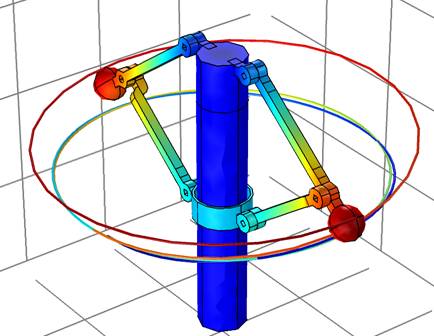
These mills are widely used in various industries, including:
- Chemical industry: Grinding of chemicals for synthesis and analysis
- Mineral industry: Grinding of minerals for analysis and processing
- Ceramic industry: Grinding of ceramic materials for manufacturing and research
- Pharmaceutical industry: Grinding of pharmaceutical ingredients for drug development and production
- Food industry: Grinding of food products for processing and analysis
Overall, disc/cup vibratory mills offer a versatile and efficient solution for grinding a wide range of materials in laboratory settings. Their ability to handle small quantities of materials and produce fine powders with controlled particle size distributions makes them an invaluable tool for research and development, quality control, and various industrial applications.
Applications of Disc / Cup Vibratory Mills
Disc / Cup Vibratory Mills are versatile laboratory equipment used for grinding a wide range of materials, including chemicals, minerals, ceramics, and more. They are especially useful for grinding materials that are difficult to reduce to a fine powder using other methods, and for preparing small quantities of materials for analysis.
Principle of Operation:
The principle of operation of Disc / Cup Vibratory Mills is based on impact and friction. The grinding jars rotate around the center axis while the sun wheel rotates in the opposite direction. The balls inside the jars collide with the material to be ground, grinding it into a fine powder. The speed and movement of the grinding jars and sun wheel can be controlled to produce different grinding results.
Applications:
Disc / Cup Vibratory Mills are widely used in various industries, including:
- Pharmaceuticals: Grinding active pharmaceutical ingredients (APIs) and excipients for drug formulations.
- Chemicals: Grinding chemicals for synthesis, analysis, and quality control.
- Materials Science: Grinding materials for research and development, such as ceramics, metals, and polymers.
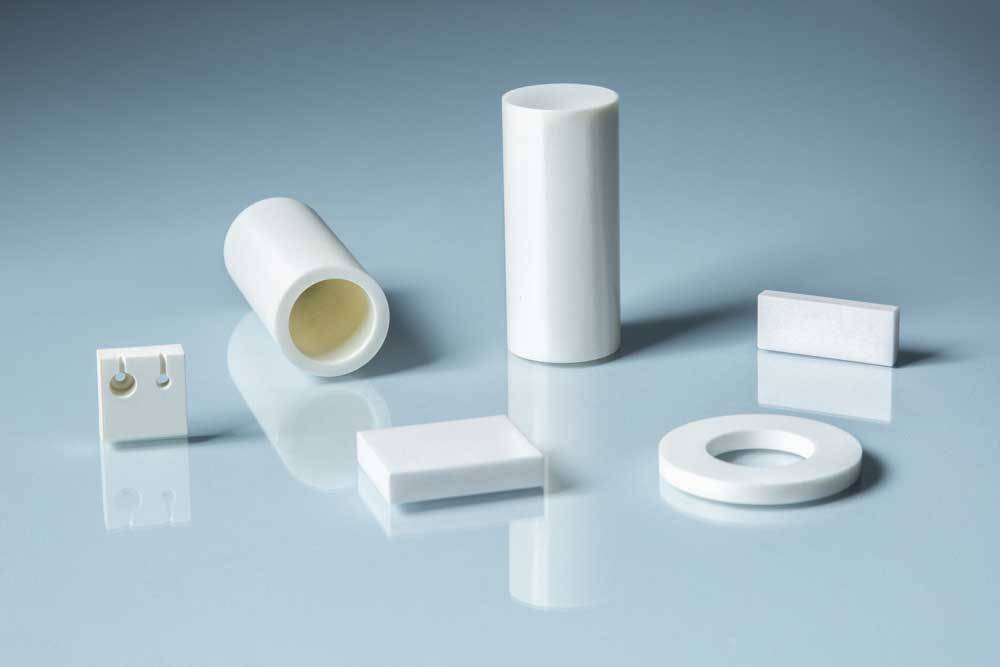
Advantages:
- Efficient: Disc / Cup Vibratory Mills can grind materials to a fine powder within a short time frame, typically 3 minutes or less.
- Versatile: These mills can grind a wide range of materials with varying hardness and particle size.
- Controlled: The speed and movement of the grinding jars and sun wheel can be adjusted to achieve the desired grinding results.
- Multiple grinding bowls: The multiple grinding bowls design enables simultaneous grinding of up to four different materials, maximizing efficiency.
- Low maintenance: Vibratory mills do not require frequent maintenance, making them suitable for remote laboratories.
Selection:
When selecting a Disc / Cup Vibratory Mill, consider the following factors:
- Sample size: Mills are available in various sample sizes, ranging from 10g to 300g.
- Number of samples: Choose a mill that accommodates the desired number of samples to be ground simultaneously.
- Grinding speed and movement: Adjust these parameters based on the material being ground and the desired particle size.
- Materials compatibility: Ensure that the mill is compatible with the materials to be ground.
Conclusion:
Disc / Cup Vibratory Mills are essential laboratory equipment for grinding a wide range of materials for various applications. Their efficient, versatile, and controlled operation makes them indispensable tools in research, development, and quality control settings.
Advanced Features and Advantages of Modern Disc / Cup Vibratory Mills
Multiple Grinding Bowls for Increased Capacity
Modern vibratory mills feature multiple grinding bowls, allowing for increased capacity and simultaneous processing of different samples. This enhances productivity and efficiency, especially for large-scale applications.
Vee-Belt Drive for Enhanced Power and Motor Life
In contrast to traditional mills, modern vibratory mills utilize a vee-belt drive system. This arrangement separates the vibrating head from the stationary electric motor, reducing vibration exposure to the motor and optimizing its life span. Additionally, it delivers more power to the grinding bowls, resulting in improved grinding performance.
User-Friendly Controls and Safety Features
Advanced vibratory mills incorporate user-friendly controls for ease of operation and precise parameter adjustment. Safety features, such as automatic shut-off mechanisms and overload protection, ensure safe and reliable operation.
Simplicity of Maintenance
Modern vibratory mills are designed for simple maintenance that can be performed by operators without specialized assistance. This reduces downtime and maintenance costs, ensuring high operational efficiency.
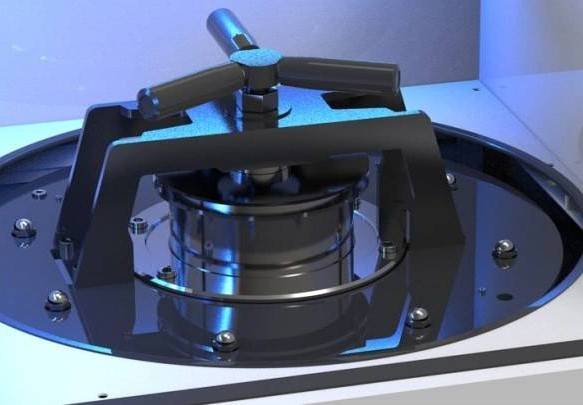
Excellent OEE (Overall Equipment Effectiveness)
Due to reduced downtime for cleaning and maintenance, modern vibratory mills achieve excellent OEE. Their high performance and reliability contribute to increased productivity and cost savings.
Best Power/Basket/Vessel Ratio
Vibratory mills boast an optimized power-to-basket/vessel ratio. This allows for efficient grinding with minimal bead consumption and waste, resulting in lower operating costs and reduced environmental impact.
Hydraulic, Pneumatic, and Mechanical Lifting Options
Modern vibratory mills offer various lifting options, including hydraulic, pneumatic, and mechanical systems. These options cater to different user requirements and ensure smooth and reliable grinding operation.
Advanced Frequency Conversion Control
Advanced frequency conversion control enables stepless speed regulation. This allows users to precisely adjust the grinding speed to suit specific sample characteristics and application requirements.
Get the Desired Effect in a Short Time
Vibratory mills utilize high-frequency vibrations to achieve rapid and efficient grinding. This significantly reduces production time compared to traditional mills, maximizing throughput and productivity.
Selection and Maintenance of Disc / Cup Vibratory Mills
Vibratory mills are versatile pieces of laboratory equipment used for size reduction and homogenization of various materials. They employ a vibrating motion to agitate grinding media (e.g., balls, rods, or discs), which impact and grind the sample. Selecting the appropriate vibratory mill and maintaining it properly are crucial for optimal performance and longevity.
Factors to Consider When Choosing a Vibratory Mill
- Sample Size: Determine the maximum sample volume that the mill can accommodate to ensure efficient processing.
- Desired Fineness: Consider the required particle size range to select a mill with appropriate grinding media and vibration intensity.
- Sample Properties: Factor in the material properties (e.g., hardness, abrasiveness) to choose grinding media that can withstand wear and minimize contamination.
- Throughput: Estimate the desired processing speed and capacity to match the mill's capabilities.
- Noise Level: Consider the operating noise level of the mill to ensure it meets safety and comfort requirements.
- Safety Features: Look for mills with safety interlocks, emergency stops, and noise reduction measures.
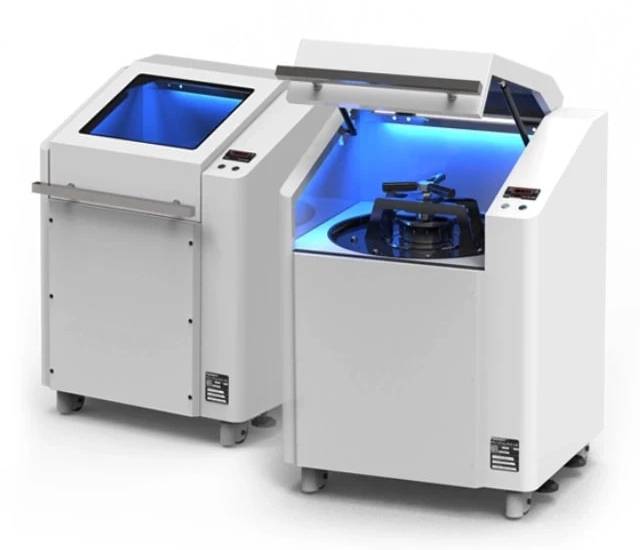
Proper Maintenance Techniques
- Regular Cleaning: Clean the mill regularly to prevent sample cross-contamination and maintain optimal grinding performance.
- Lubrication: Lubricate moving parts according to the manufacturer's recommendations to reduce friction and wear.
- Media Inspection: Inspect the grinding media periodically for damage or wear and replace them as needed.
- Calibration: Calibrate the mill periodically to ensure accurate particle size reduction and consistency.
- Monitoring: Monitor the mill's performance regularly to detect any potential issues or deviations from desired parameters.
By following these selection and maintenance guidelines, laboratories can ensure the efficient and reliable operation of their disc / cup vibratory mills, leading to accurate and reproducible sample preparation results.
Applications of Disc / Cup Vibratory Mills in Specific Industries
Disc / cup vibratory mills are versatile laboratory equipment used in various industries, including pharmaceutical, food and beverage, and chemical industries. These mills are highly effective in grinding and homogenizing materials to achieve desired particle sizes and consistency.
Pharmaceutical Industry
In the pharmaceutical industry, disc / cup vibratory mills are extensively used for the preparation of various formulations, including:
- Colloidal dispersions: These are suspensions of fine particles in a liquid medium, typically used in the manufacture of injectable drugs, eye drops, and topical creams. Vibratory mills can effectively reduce particle size and improve dispersion uniformity, ensuring optimal drug delivery and bioavailability.
- Suspensions: Vibratory mills are used to create suspensions of solid particles in a liquid medium, such as antibiotics, antihistamines, and antacids. These suspensions are often used in oral formulations and require precise particle size control to ensure consistent drug release.
- Emulsions: Emulsions are mixtures of two immiscible liquids, such as oil and water. Vibratory mills are used to emulsify these liquids, creating stable and uniform emulsions for use in products like cosmetics, food additives, and pharmaceuticals.
- Ointments: Vibratory mills are employed in the production of ointments, which are semi-solid topical formulations. They help achieve the desired consistency, particle size, and homogeneity, ensuring optimal drug penetration and therapeutic efficacy.

Food and Beverage Industry
In the food and beverage industry, disc / cup vibratory mills are used for:
- Homogenization of ingredients: Vibratory mills can homogenize various food ingredients, such as spices, herbs, and nuts, to create uniform and consistent blends. This improves the texture, flavor, and shelf life of food products.
- Particle size reduction: Vibratory mills are used to reduce the particle size of various food ingredients, such as grains, seeds, and powders. This enhances solubility, bioavailability, and sensory properties, making food products more nutritious and palatable.
Chemical Industry
In the chemical industry, disc / cup vibratory mills are used for:
- Grinding of pigments: Vibratory mills are used to grind pigments into fine powders, ensuring uniform particle size and color consistency. This is crucial for the production of paints, inks, and other pigment-based products.
- Grinding of catalysts: Vibratory mills are used to grind catalysts into fine powders, which increases their surface area and catalytic activity. This is essential for various chemical processes, such as petroleum refining and pharmaceutical synthesis.
- Grinding of other raw materials: Vibratory mills are used to grind a wide range of other raw materials, such as minerals, metals, and ceramics, into fine powders. These powders are used in various applications, including electronics, construction, and metallurgy.
Overall, disc / cup vibratory mills play a vital role in various industries, enabling the production of high-quality products with precise particle size control and consistent properties.
Emerging Trends and Future Developments in Disc / Cup Vibratory Milling Technology
Automation and Integration with Other Laboratory Equipment
Automated laboratory equipment is becoming increasingly common, as it can help to improve efficiency and accuracy. In the case of disc / cup vibratory milling technology, automation can be used to control the milling process, including the speed, duration, and temperature. This can help to ensure that the milling process is consistent and reproducible.
In addition, disc / cup vibratory milling technology can be integrated with other laboratory equipment, such as sample preparation and analysis equipment. This can help to streamline the workflow and improve productivity. For example, a disc / cup vibratory mill can be integrated with a particle size analyzer to automatically measure the particle size distribution of the milled sample.

Novel Grinding Media and Techniques for Improved Efficiency and Precision
The development of new grinding media and techniques is another area of active research in disc / cup vibratory milling technology. Novel grinding media can be designed to improve the efficiency and precision of the milling process. For example, grinding media with a high specific gravity can help to increase the milling efficiency, while grinding media with a controlled shape can help to improve the precision of the milling process.
In addition, new milling techniques are being developed to improve the efficiency and precision of the milling process. For example, one new technique involves using a pulsed milling process, which can help to reduce the milling time and improve the particle size distribution.
The combination of automation, integration with other laboratory equipment, and the development of novel grinding media and techniques is helping to make disc / cup vibratory milling technology a more powerful and versatile tool for a wide range of applications.
Related Products
- Laboratory Disc Cup Vibratory Mill for Sample Grinding
- Disc Cup Vibrating Mill Multi-Platform for Lab
- Lab Vibration Mill
- High Energy Vibratory Laboratory Ball Mill Grinding Mill Single Tank Type
- High Energy Vibratory Ball Mill for Lab Use
Related Articles
- Sieving technology for particle size analysis and its applications
- What is a Laboratory Crusher Used For?
- Disc / Cup Vibratory Mill: A Comprehensive Guide to Grinding Equipment
- Features of Different Laboratory Mills: An Overview
- Laboratory Crushers: A Comprehensive Guide to Their Uses and Functionality

